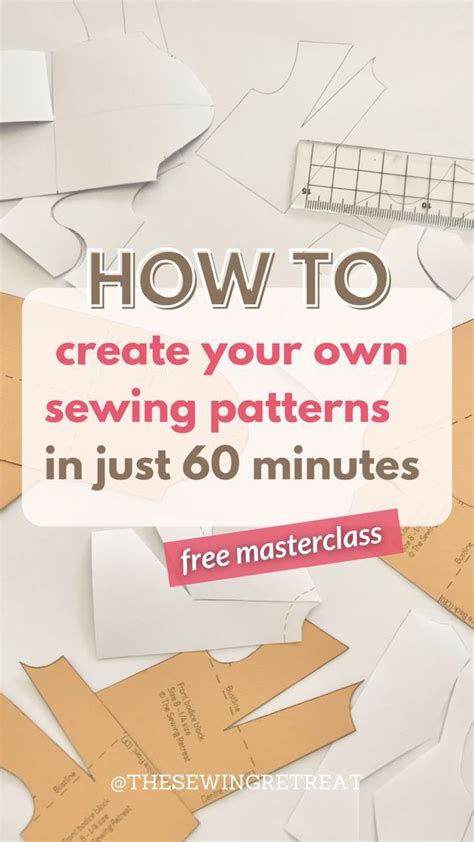Unlock Your Sewing Potential: A Bedding Fabric Guide
Choosing the right fabric for your next sewing project can be overwhelming, especially when it comes to bedding. The sheer variety of options available, each with its unique properties and characteristics, can leave even experienced sewers feeling lost. This comprehensive guide will demystify the world of bedding fabrics, helping you select the perfect material for your needs, from crisp cotton sheets to luxurious silk pillowcases. We’ll explore everything from fiber types and weave structures to care instructions, empowering you to unlock your sewing potential and create beautiful, comfortable bedding.
What are the best fabrics for bedding?
The "best" fabric for bedding ultimately depends on your personal preferences and priorities. Do you prioritize softness, breathability, durability, or perhaps a specific aesthetic? Let's explore some popular choices:
Cotton: The Classic Choice
Cotton remains a perennial favorite for bedding due to its breathability, softness, and affordability. It's a natural fiber, hypoallergenic, and readily available in a vast array of colors and patterns. Different weaves, like percale (crisp and cool) and flannel (soft and warm), offer diverse textures and feels. Higher thread counts generally indicate a smoother, more durable fabric.
Linen: Luxurious and Durable
Linen, another natural fiber, offers a unique combination of luxurious texture, exceptional breathability, and remarkable durability. It softens with each wash, developing a beautiful drape and a lived-in feel. While slightly more expensive than cotton, linen's longevity makes it a worthwhile investment. Its slightly rougher texture might not appeal to everyone, however.
Silk: The Ultimate in Luxury
Silk is the epitome of luxury bedding. Its smooth, cool texture, and naturally hypoallergenic properties make it incredibly comfortable. Silk is also known for its lustrous sheen and elegant drape. However, it's more delicate than cotton or linen and requires more careful handling and cleaning.
Tencel/Lyocell: Sustainable and Soft
Tencel (a brand name for Lyocell) is a sustainable, eco-friendly fabric made from wood pulp. It's incredibly soft, smooth, and breathable, making it a great choice for sensitive skin. Tencel also wicks moisture effectively, keeping you cool and comfortable throughout the night.
Flannel: Cozy and Warm
Flannel is a soft, brushed cotton fabric perfect for colder climates. Its napped surface provides exceptional warmth and coziness, making it an ideal choice for winter bedding.
What fabric is best for fitted sheets?
Fitted sheets require a fabric with good elasticity and recovery to maintain their shape and fit snugly on the mattress. Cotton and cotton blends are popular choices due to their affordability and durability. However, fabrics with added stretch, such as jersey knit (a cotton knit fabric), offer extra comfort and a more forgiving fit. Avoid stiff fabrics like linen for fitted sheets, as they might be difficult to put on and may not stay in place as well.
What fabric is best for duvet covers?
Duvet covers need to be durable enough to withstand frequent washing and resist tearing. Cotton percale is an excellent choice for its strength and crispness. Linen is also a good option, offering durability and a beautiful drape. Higher thread count cottons and linen will provide superior softness and durability. Avoid very delicate fabrics such as silk for duvet covers, as they're more prone to snagging and tearing.
How do I choose the right thread count for bedding?
Thread count refers to the number of threads per square inch of fabric. A higher thread count generally indicates a finer, smoother, and more durable fabric. However, thread count alone doesn't tell the whole story. The quality of the yarn and the weaving process also significantly impact the fabric's quality and feel. While higher thread counts are often associated with luxury, a medium thread count (around 200-300) can still provide excellent quality and comfort.
What are some tips for caring for different bedding fabrics?
Proper care is crucial for maintaining the longevity and beauty of your handmade bedding. Always follow the care instructions on the fabric label. Generally:
- Cotton: Machine washable and dryable.
- Linen: Machine washable, but often benefits from air drying.
- Silk: Hand wash or delicate cycle; air dry flat.
- Tencel: Machine washable and dryable.
- Flannel: Machine washable and dryable.
By understanding the properties of different fabrics, you can make informed choices that perfectly suit your needs and preferences. Happy sewing!

